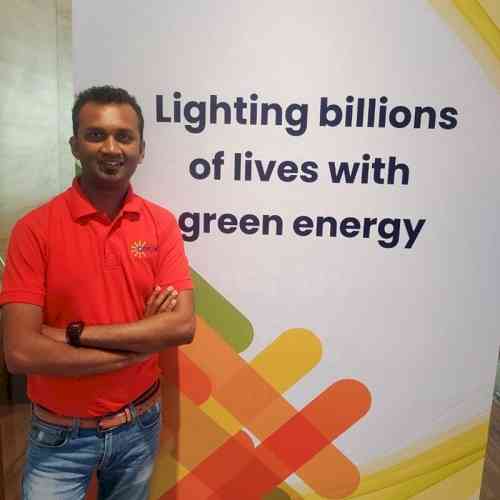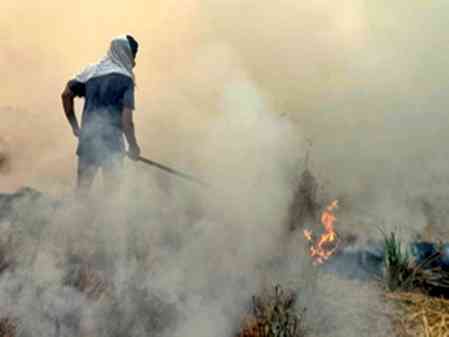Everything You Need to Know About Pediatric Pneumonia
Pneumonia isn’t a disorder of the elderlies only. Pneumonia is a leading cause of child death and is estimated to kill over 700,000 children below the age of five years, including 200,000 newborns who are particularly known to be vulnerable to infections, as reported by UNICEF.

by Dr. Sushanth Shivaswamy, Senior Consultant – Neonatology and Paediatrics, Kinder Women’s Hospital and Fertility Centre Bengaluru
Pneumonia isn’t a disorder of the elderlies only. Pneumonia is a leading cause of child death and is estimated to kill over 700,000 children below the age of five years, including 200,000 newborns who are particularly known to be vulnerable to infections, as reported by UNICEF.
Causes & Symptoms of Pediatric Pneumonia
Pneumonia is an acute respiratory lung infection and can be contagious. It is often caused by viruses, bacteriae and rarely fungi. It spreads through an infected person by droplet spread/ aerosols while coughing or sneezing, or through contact with contaminated surfaces (fomites). In the neonatal period it can be acquired by the baby through contact with infected maternal secretions before or during childbirth.
An infected child will find it difficult to breathe since his/her lungs are filled with fluid. The most common symptoms that one must watch out for are coughing, fever and difficulty in breathing. They may be found to breathe faster than usual, or have retractions in the lower chest while breathing. In severe cases, the child might be severely breathless and have blusih discoloration of face or trunk due to low oxygen levels
Children, especially newborns, whose immune systems are weak or immature or suffering from other problems including malnourishment, chronic disorders like asthma, problems in the lungs or airways, or infectious diseases such as HIV and are exposed to passive smoking are more prone to develop pneumonia.
Air Pollution and Pneumonia
Persistent pollution in the air can play a significant role in increasing the risk of respiratory infections in children, especially pneumonia. In fact, half of the childhood pneumonia deaths are caused due to air pollution. Given the smog and air pollution that we see today, it is a potential risk factor of children and can be a bigger threat unless necessary precautions are taken. It is important to take note of indoor air pollution that are mainly caused by fuels used for cooking and heating at home.
Diagnosis of Pneumonia in Children
Pneumonia can be diagnosed through a physical examination, abnormal breathing and by listening to the child’s lungs. Chest X-ray and blood tests are also used to check if the child is suffering from pneumonia. At times, by counting the number of breaths taken by the child in a minute helps in determining if the child has pneumonia.
Treatment & Management of Pediatric Pneumonia
As a result of pneumonia, the child may face life-threatening risk factors including respiratory failure and spread of bacteria in the blood (sepsis)
Usually, the treatment for pneumonia depends on the type of the disorder. When the child is infected with bacterial pneumonia, the primary treatment method includes giving antibiotics; for viral pneumonias, antiviral medications can given along with supportive care. In addition to these medications, the child must take plenty of rest, drink fluids, check for fever at regular intervals. Placing an air purifier or mist humidifier can help.
If the condition turns serious, the child may require supplemental oxygen or advanced respiratory support including supported breathing through a breathing machine (High flow nasal canula or Mechanical Vnetilation)
Prevention of Pneumonia in children
Although it is estimated that a child dies from pneumonia every 43 seconds, Pneumonia is preventable if the right measures can be taken at the right time. These measures include vaccinations that are available for different age groups, timely flu shots, following good hygiene practices (covering mouth and nose while sneezing and coughing, handwashing with soap), staying adequately nourished, and by reducing air pollution that can make the lungs become vulnerable to infection. In case of newborns, it is crucial to breastfeed the baby to build its immunity, vaccinate on time, practice good hygiene.
Taking Corrective Measures
At a macro-level, by reducing the risk factors, building immunity in children, and providing access to good quality healthcare services equipped with required amenities. With a strong foundation and ecosystem of healthcare facilities, well-trained healthcare workers and caregivers, addressing environmental hazards including taking precautions to reduce air pollution, pneumonia can be prevented, thereby reducing child death mortality significantly.


 City Air News
City Air News 









